 |
 |

|
|
|
 |
Paintings
Australasia

Cause for concern in Australasia
| Australasia • Tropical and Subtropical Grasslands, Savannas, and Shrublands |
 |
 |
Kimberly tropical savanna
The areas open-range grazing system has led to cattle overgrazing the most productive and attractive pastures in the south. Still, the northern half of this ecoregion, North Kimberly, remains remote and uninhabited. However, some feral cattle are beginning to invade the area and damage vegetation. |
| Download - Full Size (PayPal) |
|
|
|
|
|
Painting 00135 |
National Geographic's Wildworld |
| Australasia • Tropical and Subtropical Grasslands, Savannas, and Shrublands |
 |
 |
Mitchell grass downs
Until recently, almost no land in this area was put aside for conservation, and the entire area was used as pasture. Overgrazing can devastate grasslands, and even controlled grazing can have a significant effect on vegetation. Livestock will eat palatable plant species more than others, upsetting the natural balance among species. In addition, permanent water set up for stock animals attracts birds, such as cockatoos, that can invade these areas where their range was previously restricted, once again disrupting natural patterns. Feral animals, the overpopulation of kangaroos, and invasive weeds are also continuing problems. |
| Download - Full Size (PayPal) |
|
|
|
|
|
Painting 00136 |
National Geographic's Wildworld |
| Australasia • Tropical and Subtropical Grasslands, Savannas, and Shrublands |
 |
 |
Trans Fly savanna and grasslands
More than 90 percent of this ecoregion is still intact. However, increased hunting, wildlife trade, agricultural development, and unsustainable forestry could pose threats in certain areas. The introduction of the non-native rusa deer has led to the destruction of grasslands. Furthermore, no survey has been conducted to determine whether the ecoregions existing protected areas adequately cover all habitats that are found here. |
| Download - Full Size (PayPal) |
|
|
|
|
|
Painting 00137 |
National Geographic's Wildworld |
| Australasia • Tropical and Subtropical Grasslands, Savannas, and Shrublands |
 |
 |
Victoria Plains tropical savanna
Land here is used mostly for cattle grazing and this region has some of the longest established cattle stations in northern Australia. Cattle grazing has led to overgrazing, land degradation, and harmful fire patterns. The natural vegetation has become thicker, with more woody vegetation as fire frequencies have decreased, halted by ranchers because fire is harmful to livestock. There are also large numbers of donkeys and other feral and introduced animals. Some small native mammals are suffering local extinctions or declines because of introduced species or loss of habitat. |
| Download - Full Size (PayPal) |
|
|
|
|
|
Painting 00138 |
National Geographic's Wildworld |
| Australasia • Temperate Grasslands, Savannas, and Shrublands |
 |
 |
Cantebury-Otago tussock grasslands
This ecoregion has largely been modified for pastoral use, and overgrazing, fires, and urban development are a concern. Feral and introduced animals, including introduced mammalian predators, have had a devastating effect on native wildlife and vegetation. |
| Download - Full Size (PayPal) |
|
|
|
|
|
Painting 00139 |
National Geographic's Wildworld |
| Australasia • Temperate Grasslands, Savannas, and Shrublands |
 |
 |
Eastern Australia mulga shrublands
Most of this land is used for sheep and cattle grazing. Sheep and cattle compete with native wildlife for food, and overgrazing damages vegetation. Feral animals such as foxes and cats prey upon wildlife. Introduced rabbits eat young mulga seedlings, seriously affecting the plants ability to regenerate. |
| Download - Full Size (PayPal) |
|
|
|
|
|
Painting 0140 |
National Geographic's Wildworld |
| Australasia • Temperate Grasslands, Savannas, and Shrublands |
 |
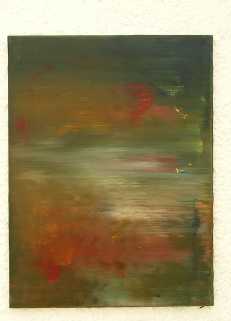 |
Southeast Australia temperate savanna
This area has largely been converted for agriculture and grazing. Extensive wheat farms have replaced the vast grasslands of the Riverina area. The Murray and Murrumbidgee rivers are used in massive irrigation schemes, which has led to reduced native fish stocks and increased salinity. Feral and introduced animals are a serious problem. |
| Download - Full Size (PayPal) |
|
|
|
|
|
Painting 0141 |
National Geographic's Wildworld |
| Australasia • Montane Grasslands and Shrublands |
 |
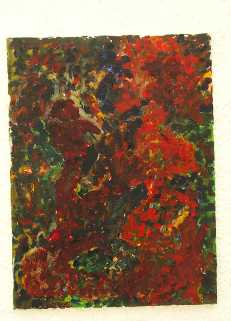 |
Australian Alps montane grasslands
The delicate alpine plants here face no serious threats because they are wholly protected by national parks. Threats in this region include increased tourism and development and waste disposal. At lower altitudes, introduced plants, domestic livestock grazing, feral and introduced animals, commercial agriculture, and forestry operations are growing problems. |
| Download - Full Size (PayPal) |
|
|
|
|
|
Painting 0142 |
National Geographic's Wildworld |
| Australasia • Montane Grasslands and Shrublands |
 |
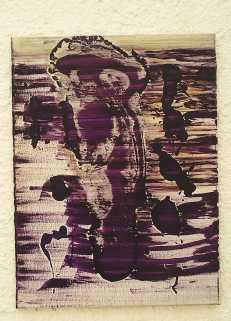 |
Central Range sub-alpine grasslands
More than 45 percent of this ecoregion lies in formally protected areas. However, no analysis has ever been performed to determine whether these areas adequately protect all of the ecoregions habitats. Mining exploration, and the increased access to sensitive areas that this activity provides, has become a significant threat to this alpine ecoregion. Human visitation has increased pollution and litter as well. |
| Download - Full Size (PayPal) |
|
|
|
|
|
Painting 0143 |
National Geographic's Wildworld |
| Australasia • Montane Grasslands and Shrublands |
 |
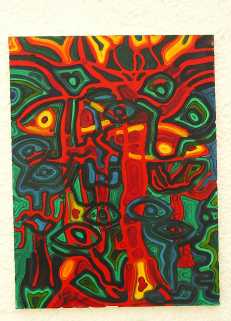 |
Southland montane grasslands
A great deal of this ecoregion has been modified for pastoral use and human settlement. Fires threaten native vegetation, and feral and introduced animals have a devastating effect on native wildlife and vegetation. |
| Download - Full Size (PayPal) |
|
|
|
|
|
Painting 0144 |
National Geographic's Wildworld |
All paintings © Copyright EqualEarth.com on behalf of Van Xilef.
Australasia
|
 |
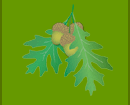 |
|
 |
|

